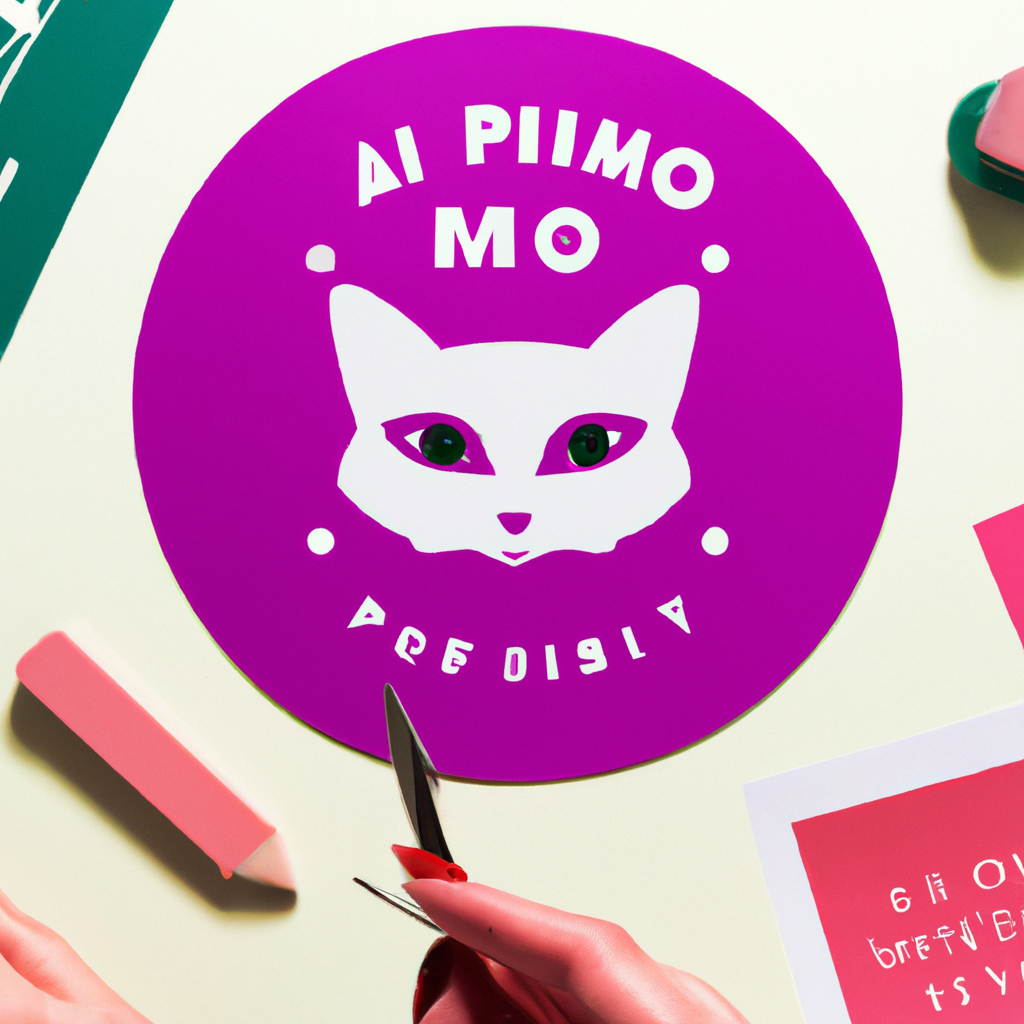
Crafting a Captivating Visual Story Through Mood Boards in Graphic Design
In a profession where innovation and originality are key, mood boards steer a designer’s creative direction and foster the generation of unique design concepts. With mood boards, you can embark on a creative journey that allows you to visualize an abstract idea, giving it wings that transcend the traditional boundaries of design.
Mood Boards: Breathing Life into Ideas
Typically, a mood board is a physical or digital collage of images, colors, textures, typography, and other design elements that capture a particular mood, feeling, or visual direction. It lends a visual voice to concepts that are challenging to communicate verbally. It serves as the creative essence, establishing the theme, color schemes, typography style, and overall aesthetic feel of the project.
Why Mood Boards Matter in Design?
Mood boards play a pivotal role in the ideation process of design. Here’s a snippet of how they are the silent game-changer in the design sphere:
- Clarity: Mood boards translate abstract concepts into tangible visual arrangements, providing clear direction for the project.
- Communication: They are an effective communication tool between the designer and the client, ensuring everyone’s on the same creative wavelength.
- Inspiration: Combining disparate elements, mood boards ignite creativity and stimulate fresh ideas for a design project.
Creating Mood Boards: A Design-Rich Journey
The process of assembling a mood board is itself a creative expedition. Here are some steps to help guide your mood-boarding journey:
Collate Inspiration
Gather inspiration from various sources. This could include color palettes, typography styles, images, patterns, icons, or even inspiring designs from your niche.
Select a Medium
Select a medium for your mood board — it can be a physical collage or a digital assembly. Online mood board creation tools, such as Adobe Spark, Canva or Pinterest, provide user-friendly platforms for digital mood board creation.
Curate and Arrange
Curate the best elements that resonate with your project and arrange them aesthetically on your board. Remember, the mood board should echo the mood and style that you intend to communicate through your design.
Presentation and Refinement
Presents the mood board to your client or team. This stage is crucial, as feedback can help refine ideas and align creative visions. Adjust elements based on feedback to create a mood board that resonates with everyone.
A mood board is a fundamental design tool that encapsulates the spirit of a project. It is a visual springboard that inspires and guides the creative process, facilitating clear communication and keeping everyone on track. Crafting a mood board is like painting on a blank canvas – it’s all about experimenting, mixing and matching, creating and recreating. Ready to paint your next design project with the colors of a mood board?